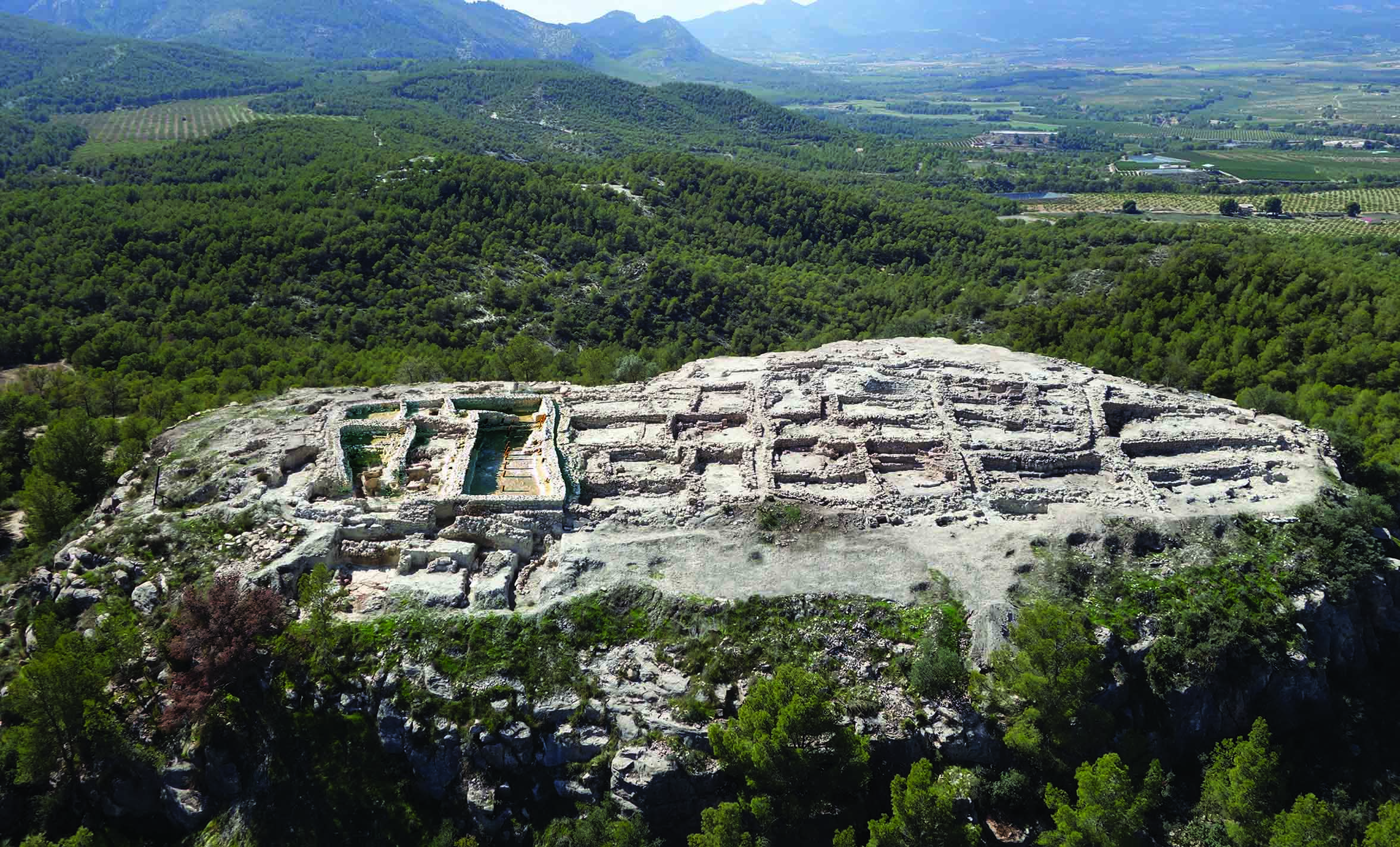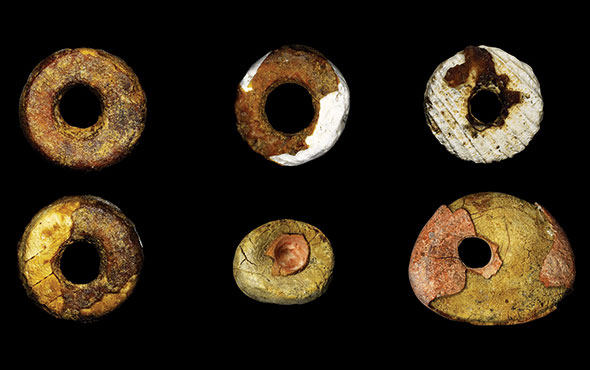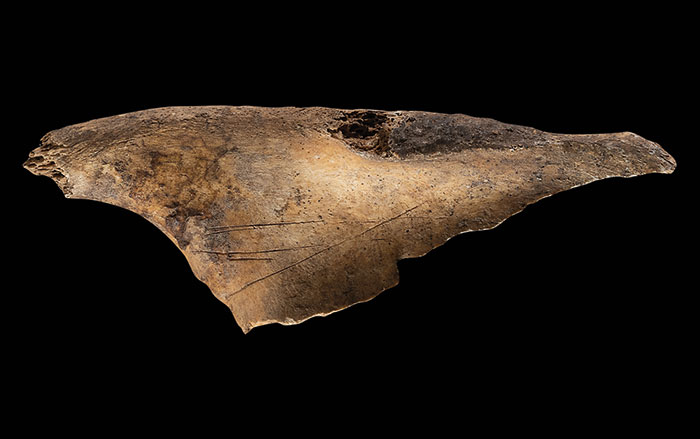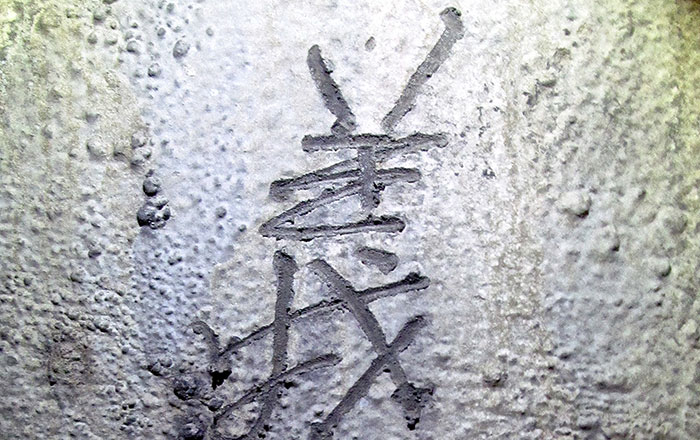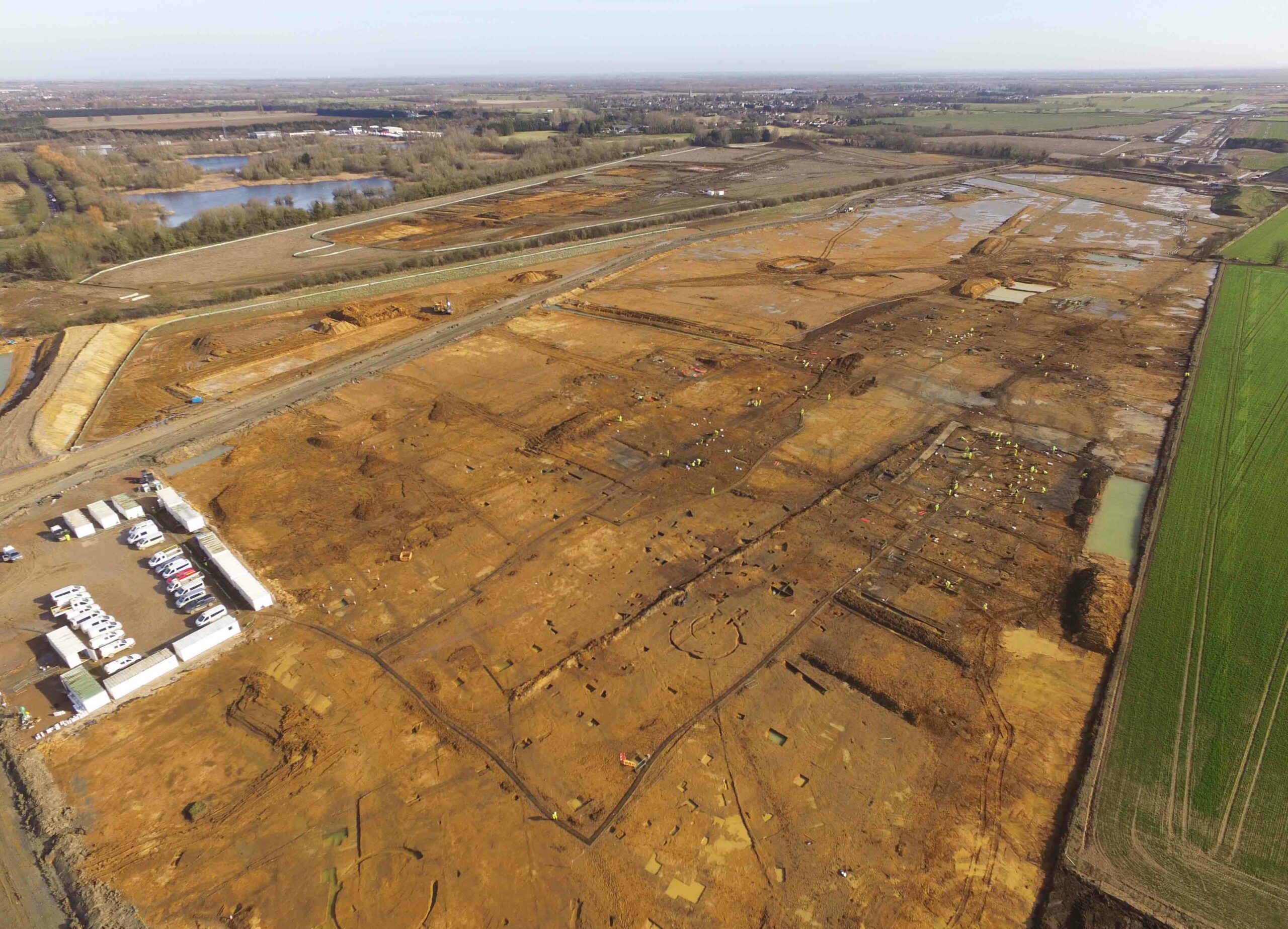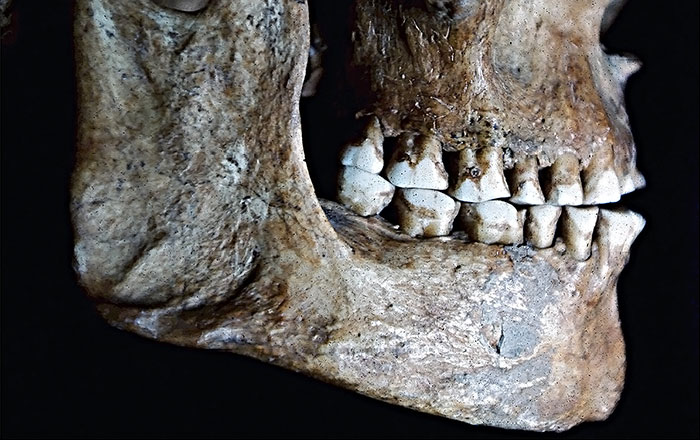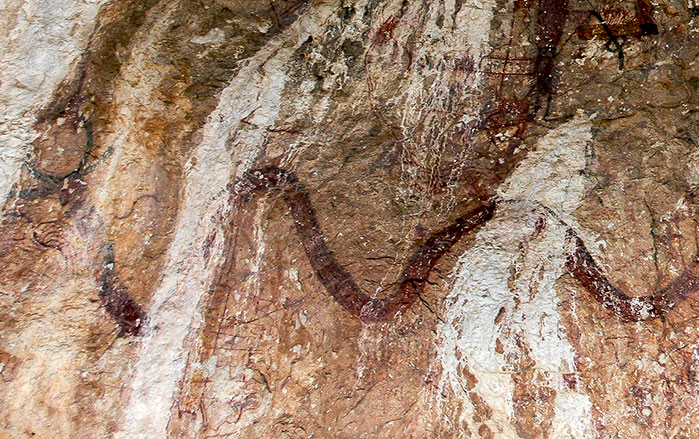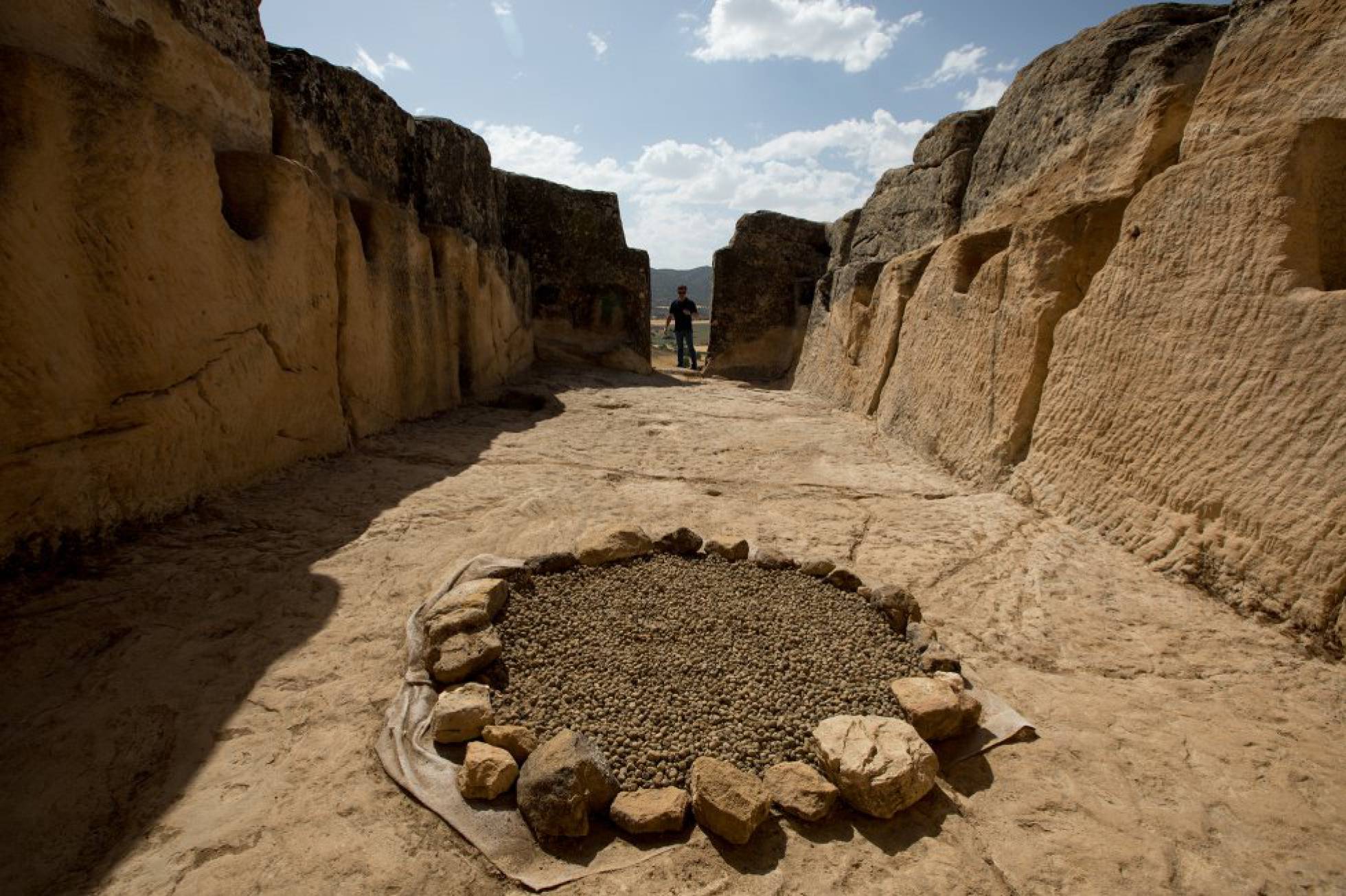
GARCINARRO, SPAIN—El País reports the discovery of the largest Iberian-era building at a hilltop site in eastern Spain known as La Cava, which was settled in the Bronze Age and later occupied by both the Romans and Visigoths. Iberian presence at the site dates to around 400 B.C. The 753-square-foot building had three rooms, each with basins and wall recesses, and the floors preserve traces of hearths and imprints left by tables. “There’s nothing like it that we know of, but we’re still investigating,” said archaeologist Miguel Ángel Valero of the University of Castilla-La Mancha. Although the building’s function is as yet unclear, he added, it might have served as a temple or a storage and production space. The site’s Iberian inhabitants also hewed out a long, 23-foot-deep gallery from the rock. Archaeologists have also uncovered remains of the earlier Bronze Age settlement, including a rampart and a rocky area pocked with hundreds of holes. To read about fake amber beads from Bronze Age Spain, go to “Artifact.”


